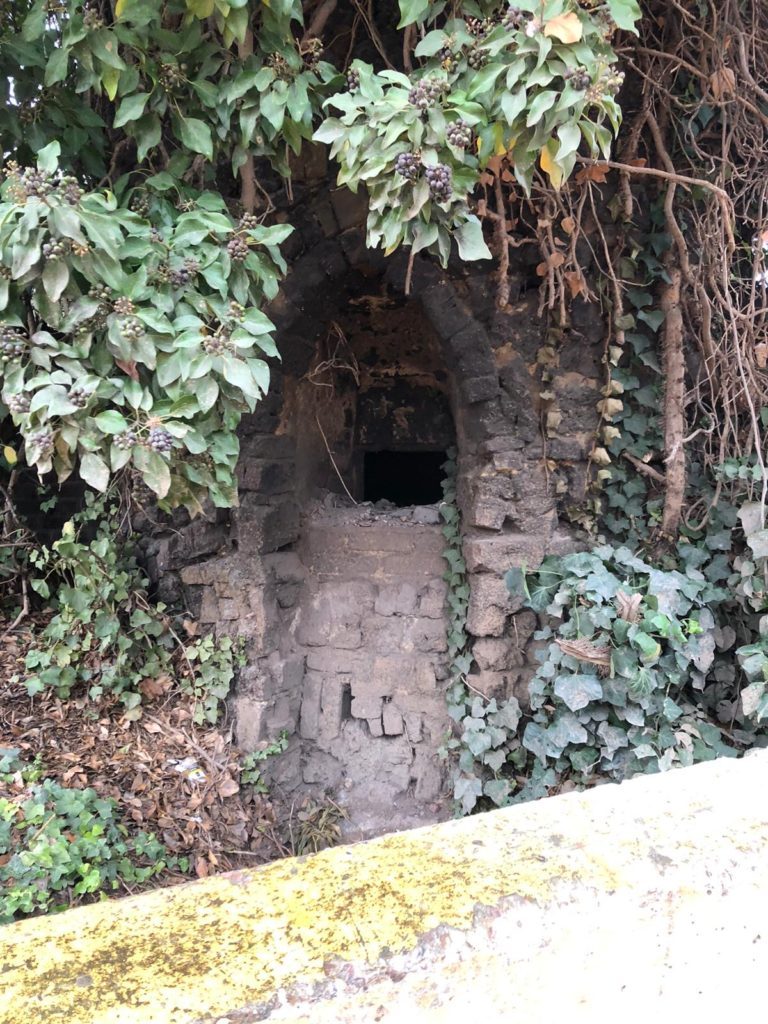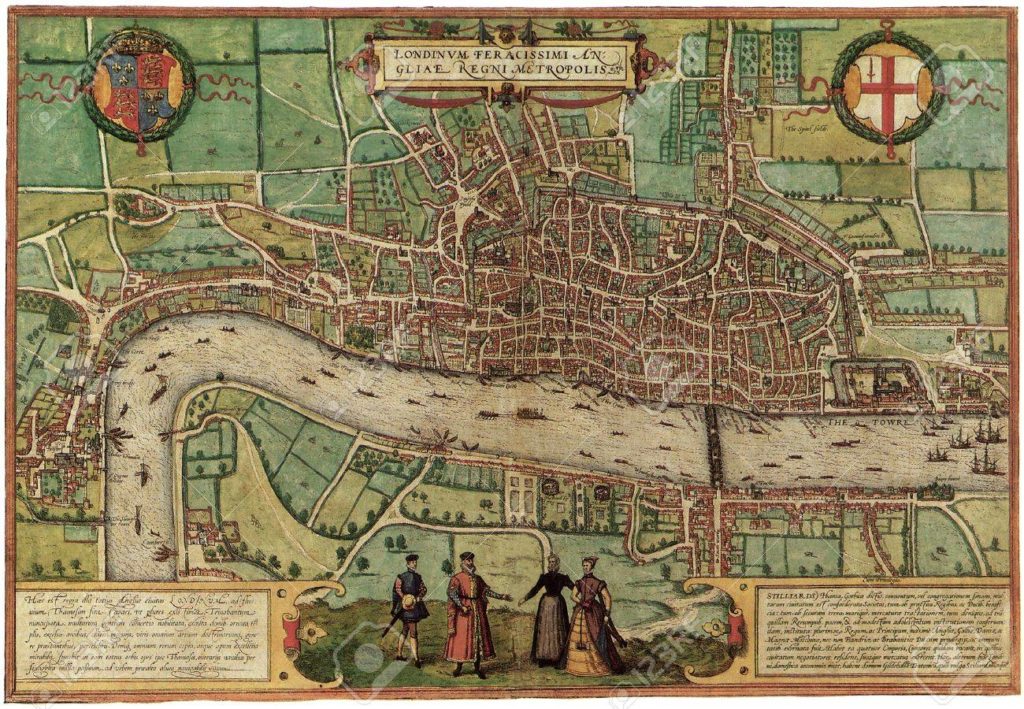The “tower” of Tower Court

The housing estate behind St Thomas church is named after a former vicar. It’s true that Fr Dachtler was here for 43 years, but still that’s pretty cool.
The other estates around the Common – who or what are they named after? Webb, Fawcett, Summit? And what about the new one currently under construction on the north end of the Common? Tower Court. The photograph above shows the site when it had been cleared by the developer.
Behind the perimeter wall you can see Yesodey Hatorah Jewish girls school and to the left of the photograph is a tree in the shape of a cigar. To the right and just out of shot is the Agapemonite Church where one Sunday morning in 1902 the Revd Smyth-Piggott proclaimed himself to be the second coming of the Messiah. When he was unable to walk unassisted across Clapton Pond there were riots and he was hounded out of town, but that’s another story.
The land for Tower Court was originally part of Craven Lodge, built by Mr John Craven in the late eighteenth century and recalled today in Craven Park Road. He passed it on to his son Arthur, who sold it to a businessman called Samuel Morley. Morley had made his money in hosiery and eventually retired to Kent, when the house remained empty until 1905. At this point it was pulled down and the land was parcelled out for development. But where’s the tower?
There is a chronicler of life in Stamford Hill at the turn of the nineteenth century called Florence Bagust who also lived on the Common and made it her business to pull together stories and photographs. Her handwritten books are deposited at the Hackney Archive. This is what she writes:
“the curious tall tower which is the only part of the old buildings now left was added to the coach house by Mr Craven partly to improve its appearance and partly for the sake of the view from the top. . .”
That got my wondering. This morning I went back to the site. I asked the site supervisor to take a close-up photo of the “tree”. It turns out that it’s not a tree but it’s my missing tower covered in ivy.
This is Historic England’s listing description: “Probably early-mid C19 small round tower, with spur wall to north-west, built of brick burrs in vaguely Gothic style. Pointed arched openings in tower and wall: and some small round openings in tower. Much obscured by creeper. Curiosity value.”
I know you shouldn’t hide your light under a bushel, but neither should you hide your tower under a bush.







